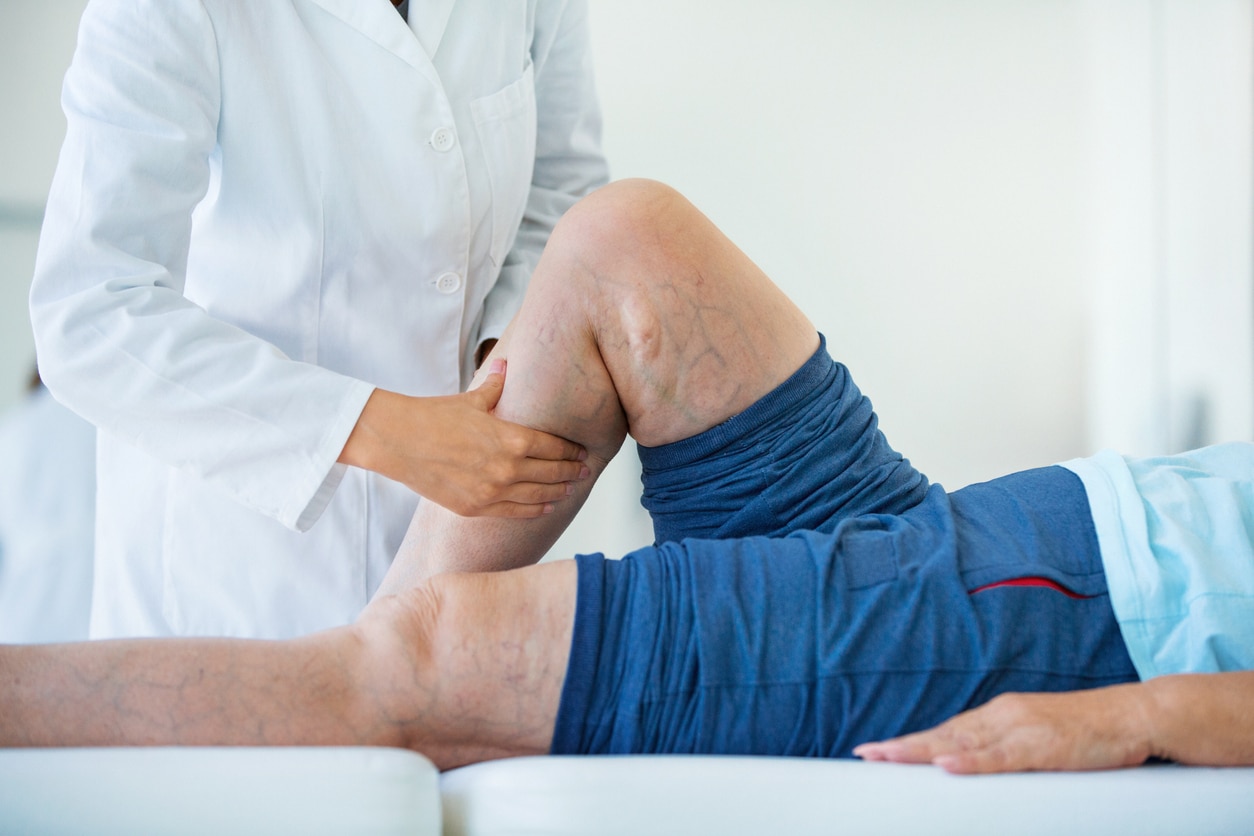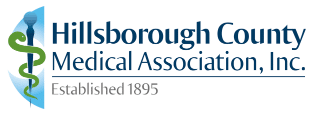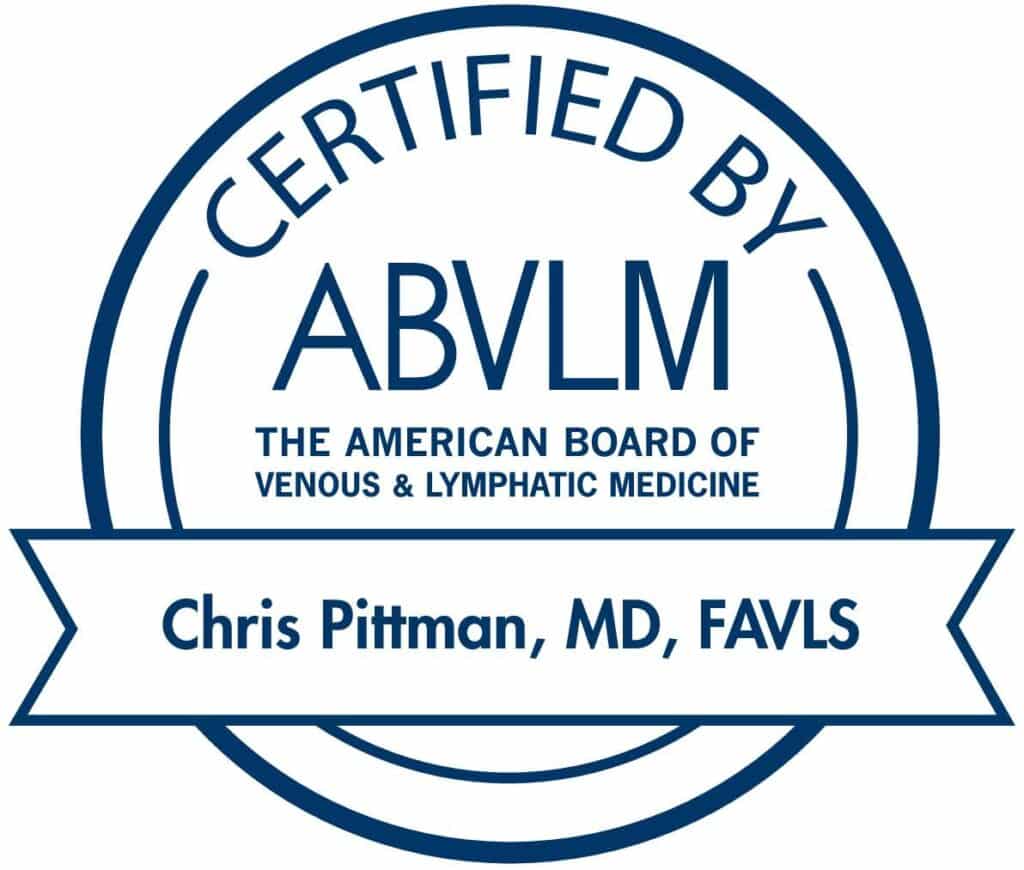Our lymphatic and venous systems are closely linked within the body, so much so that if one is impaired, the resulting symptoms are similar. Lymph vessels drain fluid from tissues, while arteries and veins manage blood flow throughout the body.
The lymphatic system is a vital part of our immune system. However, it can sometimes malfunction. This is often because of a congenital condition, but can also be caused by damage from a particular injury, like cancer treatments that may remove or bruise lymph nodes. When this malfunction occurs, protein-filled fluid may back up in the nodes. The most notable sign of this condition, known as lymphedema, is severe swelling and a feeling of heaviness in the leg. Because lymphedema may alter a person’s appearance, it can have a psychological effect, as well.
Venous insufficiency shares those same symptoms. Leaky valves allow blood to pool in the leg vein and lead to prominent varicose veins surfacing on the skin. Around those varicose veins, swelling, pain, throbbing, and cramping occur.
Some people, particularly older adults, are affected by both chronic venous insufficiency (CVI) and lymphedema in what is called phlebo-lymphedema. Both conditions may crop up together because CVI may increase pressure on the lymphatic system and obstruct the lymph nodes, resulting in fluid buildup and swelling. A vein specialist can diagnose CVI and lymphedema and prescribe the proper treatment options for each.
Lymphedema Treatments
If you notice leg swelling, your doctor can determine whether the underlying cause is lymphedema or another medical condition, such as chronic venous insufficiency or deep vein thrombosis (an often-dangerous blood clot in the deep veins of the leg). A physical examination and a lymph scan may be performed in order to detect blockages in the lymph nodes or to discover whether you have fewer lymph nodes than normal.
If the cause of the issue is a breakdown in the lymphatic drainage system, your doctor may choose to start you on an intensive program of decongestive physiotherapy aimed at loosening the fluid buildup. Performed over a period of two to three weeks, this therapy features a combination of manual massage and compression bandages designed to move the fluid along the lymph vessels. After that, you’ll wear compression stockings during the day to control swelling, as well as a pneumatic compression pump fitted on the leg to spur fluid drainage at home.
In addition to the swelling and discomfort, lymphedema makes the leg susceptible to infection, so you’ll be advised to take good care of your skin and avoid cuts and bruises. As with CVI, light exercises reduce fluid buildup and swelling. Diuretics will not cure lymphedema. And unlike CVI, which is also treated with compression stockings, there is no surgical therapy for lymphedema.
We Care About Your Vein Health
Severe swelling of the leg shouldn’t be ignored. At Vein911® Vein Treatment Centers, we’ll use our knowledge and diagnostic tools to determine whether you’re experiencing CVI or lymphedema. We treat both conditions in a professional, compassionate manner. Contact Vein911® Vein Treatment Centers today for an appointment.











